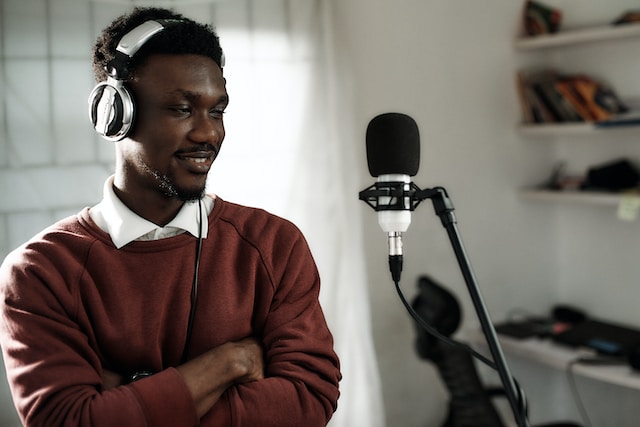Do you struggle to count your rhythms? Do you struggle to get the feel of the music when you are learning to in a different style?
Well, practicing with a backing track can help! And here is how.
Benefits for Novices – They Learn to Listen
- Students learn their rhythms. They have to hold the long notes at the ends of phrases. They have to play the harder parts at tempo. They have to play the slower parts with the right beat.
- Intonation improves. Students match the pitch to an outside source. They learn to slide fingers to make their notes more in tune.
- When the group plays without the backing track, students listen across the ensemble
Benefits for More Advanced Musicians
For more advanced musicians, we don’t make the same kinds of mistakes as novices do. But we do need to change how we play depending on the style of music we are learning. If you are learning jazz piano, you need to swing your 8th notes. You need to put the emphasis of the music on beats two and four.
When you are classically trained, you do not even realize how much your classical practice has influenced how you play. You will have the subtle feeling of an even beat and even subdivisions. When you go to try something different, you tend to sound “stiff.”
You can hear it and so can the other musicians in your band. What to do? Practicing simple improvisation over a backing track can help immensely. Or, you can “comp” (play the accompaniment) so you can learn the style and the feel of the music.
After all, music is about communication. And you want to show respect for whatever style of music you are playing. Practicing with a backing track can bring you closer to that goal.
Click Below to Learn More About Lessons
Jenny guides you to find your musical self. You can learn piano, violin, viola, or ukulele.
